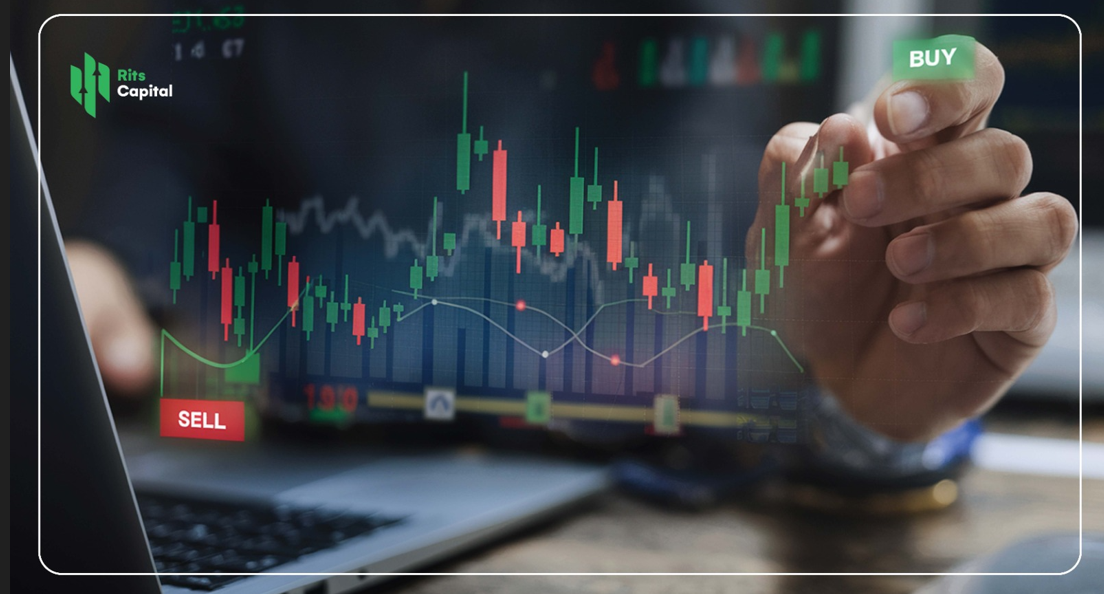In investing, every decision is make down to balancing two forces: risk and reward. Investors generally find themselves drawn towards the growth potential of unlisted shares (pre-IPO companies, startups, or private firms backed by strong investors) or the liquidity and transparency of listed equities. Both asset classes can play critical roles in an investor’s portfolio—but their risk-reward profiles are very different.
Let’s unpack these differences through the lens of a typical investor.
Understanding Unlisted Shares
Unlisted shares are equity in companies before they are listed on a stock exchange. This means you are buying into early-value stories—brands such as Orbis Financials, Lava Mobiles etc. In short The companies or firms that are preparing to go public or high-growth firms operating in private markets.
Potential Rewards:
- The chance to enter before an IPO at attractive valuations.
- Exposure to high growth companies shaping the future (tech, fintech, EVs, consumer brands).
- Multi-bagger potential: A company you buy at ₹100 may list at ₹400, giving you a 4x return if timing and market sentiment align.
Risks Involved:
- Lack of liquidity—selling your holdings before a listing can be difficult.
- Limited financial disclosure compared to listed peers, so risk of information asymmetry.
- Regulatory and business risks: If the IPO gets delayed or sentiment shifts, expected valuations may not hold.
Understanding Listed Shares
Liquid equities are the listed stocks you buy and sell almost instantly on stock exchanges. These are companies under SEBI’s Watch, offering quarterly disclosures, analyst reports, and extensive public scrutiny.
Potential Rewards:
- Easy liquidity—you can exit any day if your investment thesis changes or you need cash.
- Transparent data to evaluate corporate health (balance sheets, management commentary, price charts).
- Stability in large-cap, blue-chip names that offer long-term compounding as well as dividends
Risks Involved:
- Price volatility due to global and domestic sentiment.
- Herd mentality: retail investors often overreact to market swings.
- Returns can be slower compared to early-stage unlisted bets, especially in large caps.
Comparing Risk-Reward
| Parameter | Unlisted Shares | Liquid Equities |
| Liquidity | Low, can take months/years to exit | Very high, instant exit possible |
| Transparency | Limited disclosures, private company info | High, quarterly reports & regulator audit |
| Return Potential | High (multi-bagger potential pre-IPO) | Moderate to high depending on sector |
| Risk Level | High (valuation uncertainty, delays) | Moderate (market-driven volatility) |
| Time Horizon | Long-term (3–7 years) | Flexible (short-, mid-, or long-term) |
Which One Should You Choose?
The answer isn’t an either-or—it’s about portfolio balance.
If you’re an investor with strong liquidity needs (you want flexibility to exit anytime), then liquid equities should be your core.
If you have surplus capital, higher risk appetite, and the patience to wait for compounding stories to unfold, allocating 5–15% of your portfolio to unlisted shares can add powerful growth kickers.
For conservative investors, large-cap liquid equities and mutual funds remain the safer foundation, while unlisted shares become the “satellite bet” for higher returns.
Investor’s Takeaway
Unlisted shares offer the excitement of being early in the story, but they require research, networks, and patience. Liquid equities, on the other hand, provide confidence, exit options, and transparency. A wise portfolio often blends the two—combining the growth optimism of unlisted shares with the stability of listed equities.
Because at the end of the day, investing isn’t purely numbers—it’s about aligning opportunities with your personal goals, risk appetite, and comfort.
If you looking for high growth potential unlisted shares to invest. You can contact – +91 9911090800 or visit Rits capital now!
FAQ’s:
1. Are unlisted shares safe to buy?
Ans: They involve higher risk than listed shares due to limited disclosures and lower liquidity. Safety depends on the company’s fundamentals and the source you buy from.
2. How can I buy unlisted shares?
Ans: Unlisted shares can be purchased through specialized brokers, private placements, or platforms dealing in pre-IPO stocks. Always verify the source and compliance.
3. Do unlisted shares guarantee listing on stock exchanges?
Ans: No. Companies may delay an IPO or never list at all, which adds to the risk.
4. Who should invest in unlisted shares?
Ans: Investors with surplus funds, long-term outlook, and high risk appetite. They should be ready to hold for 3–7 years.
5. Can I exit unlisted shares before IPO?
Ans: Yes, but finding buyers can be difficult, and you may have to sell at a discount due to lack of liquidity.
6. Which gives better returns: unlisted or listed equities?
Ans: Unlisted shares can offer higher returns if the company lists successfully at premium valuations. Listed equities offer steadier, more predictable returns.
7. What percentage of my portfolio should I allocate to unlisted shares?
Ans: Generally, 5–15% of a portfolio, depending on risk appetite. The majority should remain in liquid, listed assets.
8. Are dividends paid on unlisted shares?
Ans: Yes, if the company declares them. However, many growth companies reinvest profits instead of paying dividends.

